The first book of the Standard Works I studied in Early Morning Seminary was Doctrine and Covenants. I remember how puzzled I was to read D&C 91:
1 Verily, thus saith the Lord unto you concerning the Apocrypha—There are many things contained therein that are true, and it is mostly translated correctly;
2 There are many things contained therein that are not true, which are interpolations by the hands of men.
3 Verily, I say unto you, that it is not needful that the Apocrypha should be translated.
4 Therefore, whoso readeth it, let him understand, for the Spirit manifesteth truth;
5 And whoso is enlightened by the Spirit shall obtain benefit therefrom;
6 And whoso receiveth not by the Spirit, cannot be benefited. Therefore it is not needful that it should be translated. Amen.
Having come from a Catholic background, I first didn’t know what the LORD was talking about, but our teacher then explained that this is the protestant name for what I knew as the deuterocanonical books. This left me with more questions, as for me those books had always been scripture (Catholic background, as I said), and now I heard that they were – basically –a noncanonical mixed bag.
But reading D&C 91 more carefully, I saw that the LORD was not as negative about them as I had thought first, and I studied them for myself.

Back in those days, a book like Jared Ludlow’s Exploring the Apocrypha from a Latter-day Saint Perspective would have been very helpful to me. Ludlow is Professor of Ancient Scripture and Ancient Near Eastern Studies at Brigham Young University. His primary research interests are with texts related to Ancient Judaism and Early Christianity, which is exactly the time period most of the Apocrypha come from. So, the author sets the stage by first discussing Apocrypha in general, including their history, and second, by showing the attitude to and usage of these ancient books LDS leaders have shown throughout church history. The main part is dedicated to discussing the contents of each one of the apocrypha, its problems and its highlights.
Aimed at the beginner, who has never read these ancient works, the book is easy to read and you do not need any background knowledge to understand and enjoy it. But being a general introduction for the interested public, a primer, and in order to be interesting to its intended audience, it does not deal with topics in depth.
So, if you have not read the apocrypha so far, if you want to get a quick overview, and if you want to know if they are worth your time, Jared Ludlows book is exactly right for you.
—
René A. Krywult, 45 years old, was born and lives in Vienna, Austria, Europe. He has been a member of FairMormon since 1998, and in 2004 he started the German branch of FairMormon. A software developer by profession his apologetic main interests are patristics, comparisons between different branches of Christianity, and interdenominational communication.
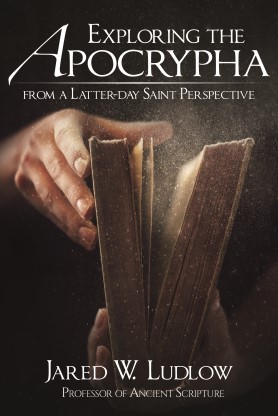

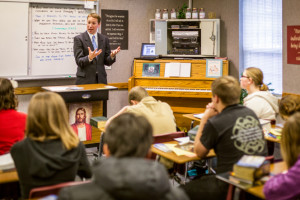
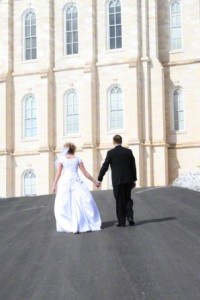

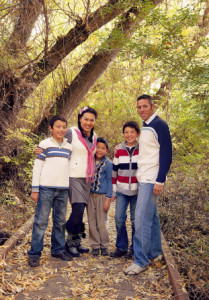
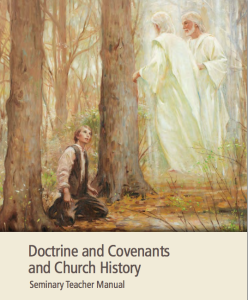
 The authenticity of the Book of Mormon has been repeatedly assailed by critics of the LDS Church on the grounds that is lacks any confirmatory archaeological evidence that supports its claimed historicity as an ancient record. Countless books, articles, DVDs and internet websites have ceaselessly repeated the following cacophonous refrain:
The authenticity of the Book of Mormon has been repeatedly assailed by critics of the LDS Church on the grounds that is lacks any confirmatory archaeological evidence that supports its claimed historicity as an ancient record. Countless books, articles, DVDs and internet websites have ceaselessly repeated the following cacophonous refrain: